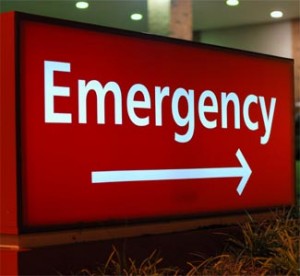 March is Epilepsy Awareness Month in Canada, and Purple Day is celebrated annually on March 26th to increasing awareness about epilepsy and to reduce the stigma around epilepsy.
March is Epilepsy Awareness Month in Canada, and Purple Day is celebrated annually on March 26th to increasing awareness about epilepsy and to reduce the stigma around epilepsy.
Purple Day was founded in 2008 by nine-year-old Cassidy Megan of Nova Scotia, and named after the internationally recognized colour for epilepsy, lavender.
Epilepsy is more common than Parkinson’s Disease, and Multiple Sclerosis. Approximately 40,000 people in BC and 300,000 in Canada have epilepsy. About 65 million people worldwide have epilepsy.
Epilepsy is a central nervous system disorder that affects the nerve cell activity in your brain, causing seizures. During seizures, you may experience abnormal behavior, symptoms and sensations, including loss of consciousness.
What is a seizure?
An epileptic seizure is an abnormal burst of electrical activity arising within the brain. There are many different types of seizures. The kind of seizure a person has depends on which part and how much of the brain is affected by the electrical disturbance that produces seizures. A seizure can take many different forms including a blank stare, muscle spasms, uncontrolled movements, altered awareness, odd sensations, or a convulsion.
Epilepsy can be present at any age although its onset is most often in childhood or in the later years of life. Sometimes those who develop seizures during childhood outgrow their seizures. In the elderly, there is an increased incidence due to strokes and aging of the brain.
What should you do when someone is having a seizure?
1. Stay calm
2. Protect the person from injury by cushioning their head, moving objects out of their way, and loosening tight clothing
3. As soon as possible, gently turn the person onto their side
4. Stay with the individual until consciousness is fully regained
5. Be reassuring and comforting afterwards
An ambulance should be called if a seizure lasts for more than five minutes, for a first time seizure – no known history, or if a person is injured, pregnant, or has diabetes.
For more information on how you can get involved on Purple Day; click Join the Campaign.
Please wear purple on March 26, 2015 to promote epilepsy awareness world-wide.


